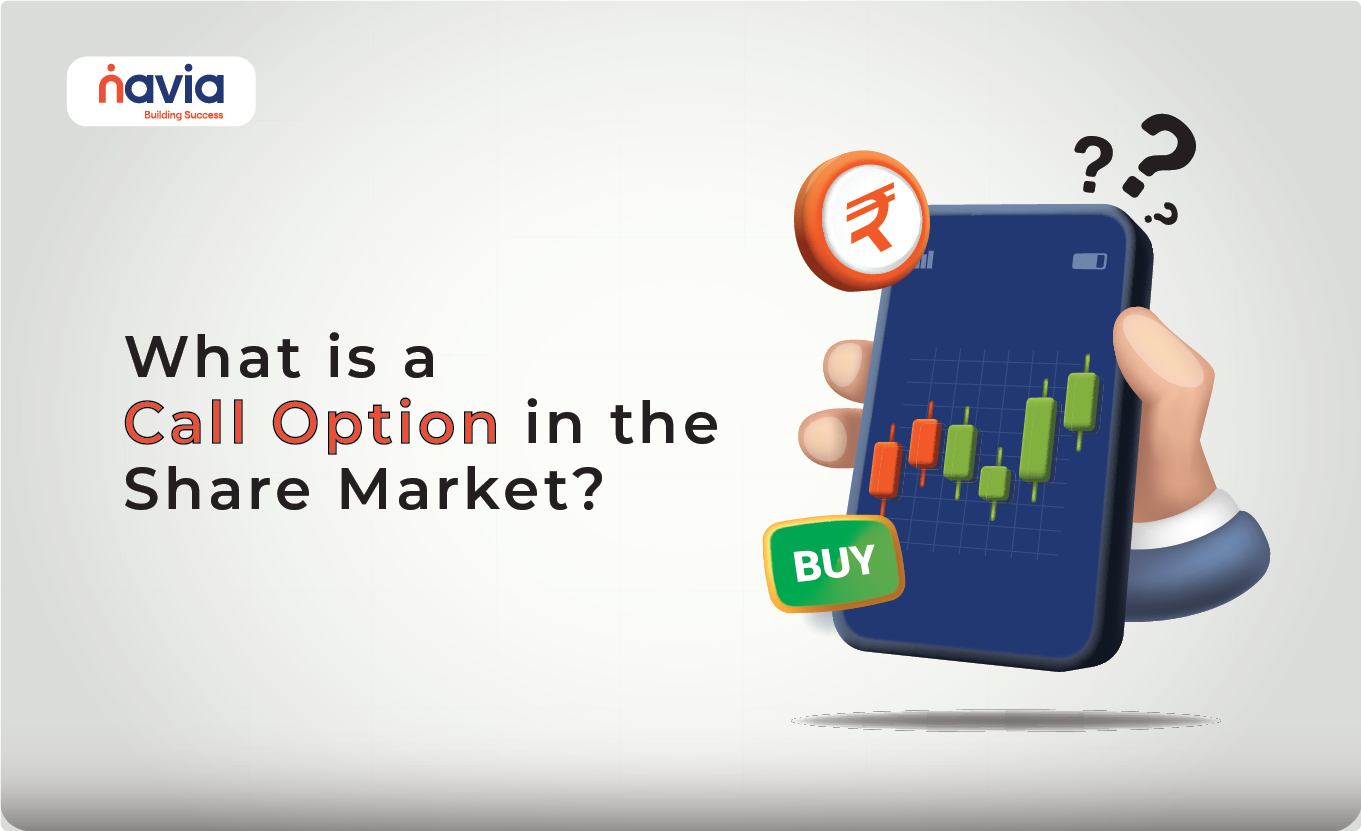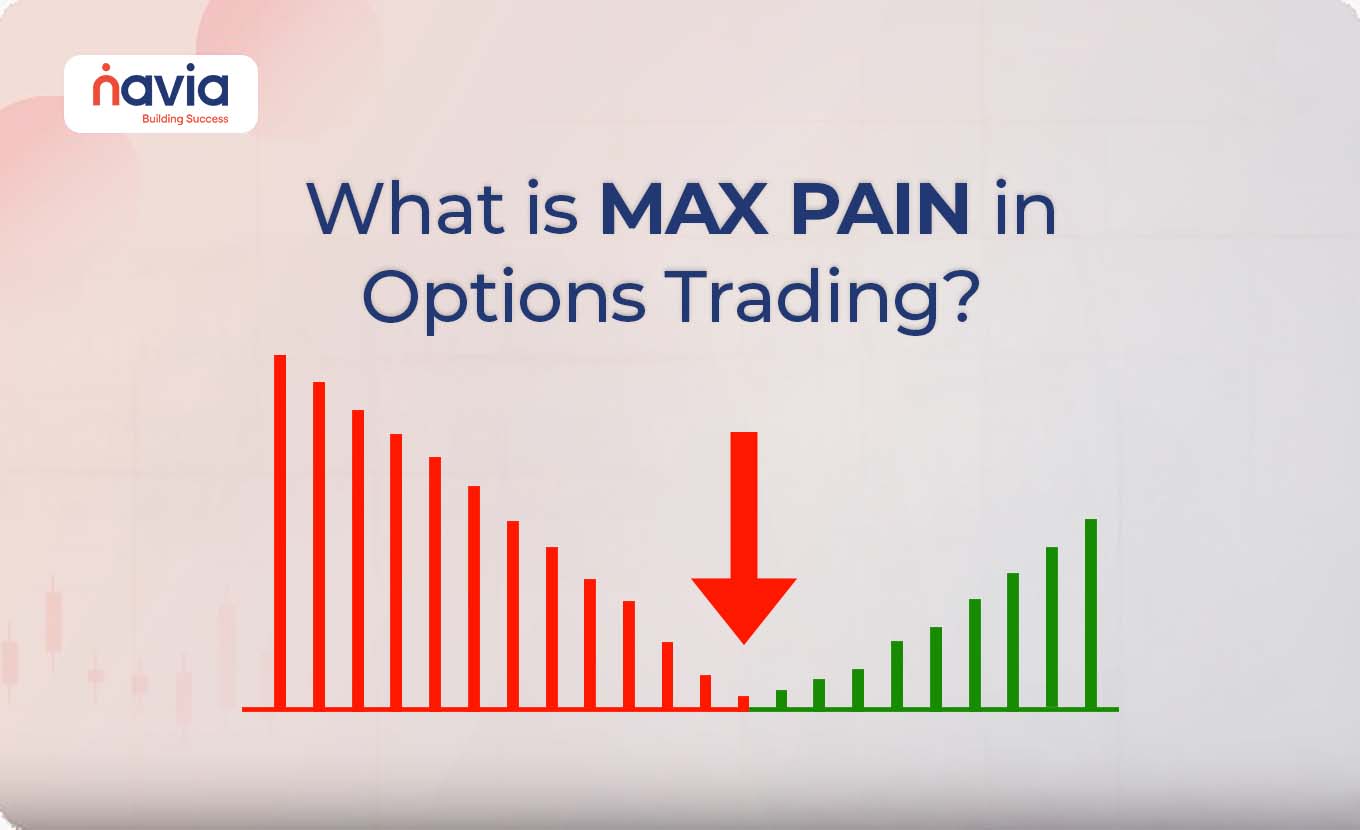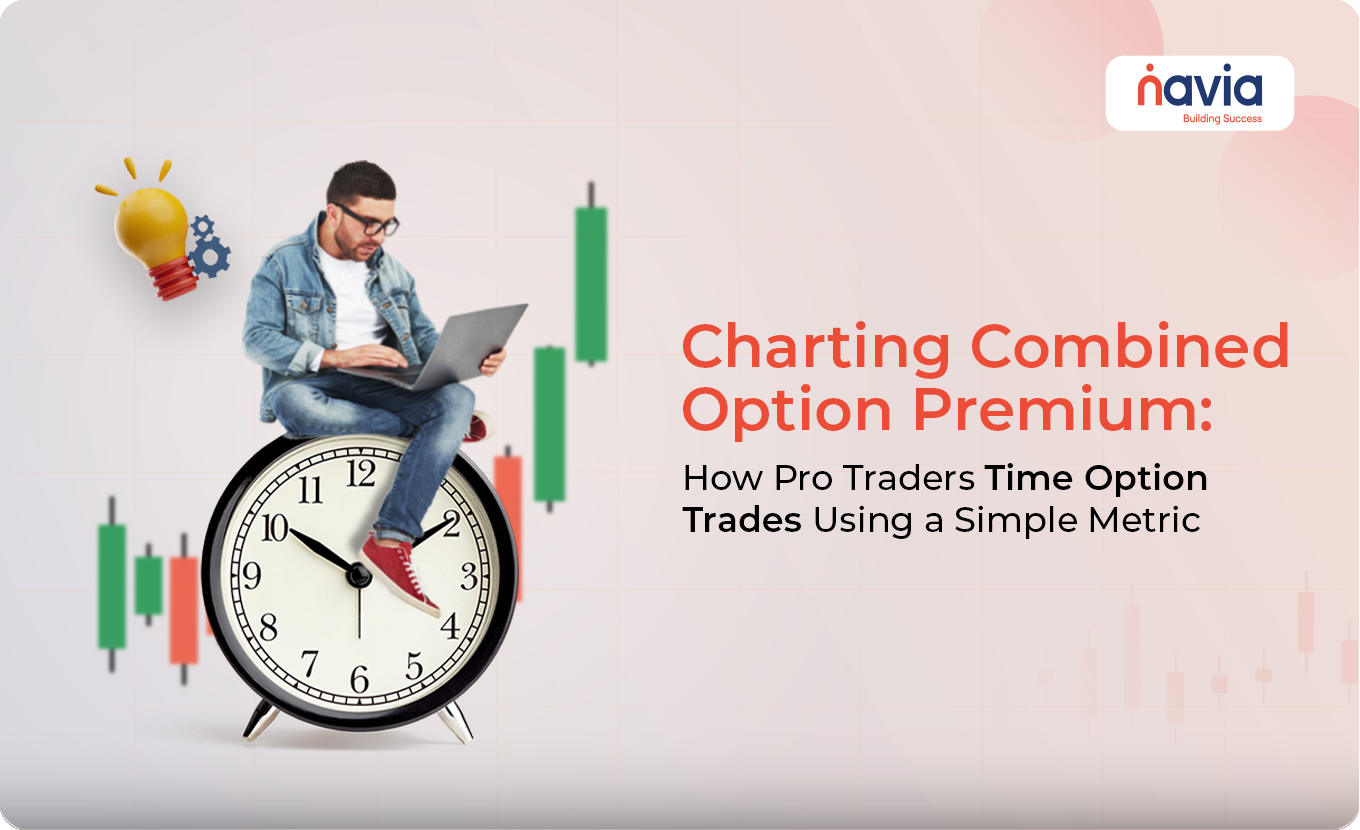What is a Call Option in the Share Market?

In the share market traders and investors use so many tools to manage risks and maximize returns. So, the call option is also one of the powerful tools, it is like a financial contract that offers the investor the right but not the obligation to buy an underlying asset at a strike price within a period.
Both seasoned and beginner traders use call options, because it will expose potential gains without buying the actual asset upfront. So, if you’re looking to manage risks, you should have a deep understanding about call option contracts.
In this blog, we’ll break down the core concepts of it, so you can easily understand what is call option, examples, how it works, long call and short call option, calculations, uses and downsides in detail.
What is Call Option?
Call option means, it is a financial contract between the buyer and seller that offers the right to purchase the asset/stock at a predetermined price within the expiration date. In simple terms, through the call option an investor can “call” the stock at a specific price and that could be advantageous if the stock price rises.
Purchasing a call option doesn’t mean that it will give you ownership of the stock, it provides the right to buy it at a set price in the future. This may sound a bit complex right? Here’s a breakdown;
🠖 Call Option Buyer: Pays a premium to have the right to buy the stock at the strike price.
🠖 Call Option Seller: They receive the payment in return and agree to sell the stock at the agreed-upon price if the buyer decides to use it.
Call option example;
You buy a call option for XYZ stock with a strike price of ₹4,000 per share and pay ₹200 as a premium per share. Before the expiry date the stock rises to ₹4,500, you exercise the option, buy 100 shares at ₹4,000 each, and sell them at ₹4,500 each. This gives you a profit of ₹50,000 (₹4,500 from the stock sale minus ₹4,000 for the purchase, which is ₹500 per share; ₹500 × 100 shares = ₹50,000).
However, if the XYZ stock falls below ₹4,000, your maximum loss is the ₹20,000 premium you paid for the call option (₹200 × 100 shares).
How Do Call Options Work?
As we already know, call options is a type of financial contract that will give rights (not obligation) to all the investors to buy a stock at a strike price before the expiry date. Here’s a step-by-step look at how the process works:
Step 1: Buy the Call Option
You have to choose a stock, select a strike price and buy a call option through paying the premium. Here you get the right to buy the stock at the strike price until the expiry date.
Step 2: Monitor Stock Price
After buying the call option, wait and watch the stock price changes. Your goal should be the increasing of stock price above the strike price before the expiry date.
Step 3: Exercise or Let it Expire
Your stock price rises above the strike price, it means it is in-the-money (ITM). So, you can exercise the option or sell the option itself.
If your stock price stays below the strike price, it means it is out-of-the-money (OTM). In this case your loss is limited to the premium you paid for the stock.
What is the Long Call Option?
Long call option is like a strategy; an investor buys a call option and expects that the price of the underlying stock will rise before expiring the option. In simple terms, you are betting that the stock will rise before it expires. It is called a long call and is a straightforward way to use options because through this strategy you’re expecting the stock price to go up in the future.
What is the Short Call Option?
The short-call option is used to generate profit when expecting a little increase in the price. In this strategy the seller sells an asset to the buyer at a fixed price and receives a premium but risks losses if the asset’s price rises. Both new and seasoned investors use short calls to boost their income, but, more often than not, do so when the call is “covered.”
How to Calculate Call Option Payoffs?
To calculate a call option payoff, you can use the formulas;
🠖 For the buyer’s: Payoff = max (0, stock price – strike price)
🠖 For the seller’s: Payoff = – max (0, stock price – strike price)
To determine profit;
🠖 Buyer’s profit = max(0, stock price − strike price) − Premium Paid
🠖 Seller’s profit = premium received − max(0, stock price − strike price)

Why Use Call Options in Trading?
🔸 Leverage Potential: Traders can control a larger position in a stock for a fraction of the price, so if the stock price increases the return on investment can be higher compared to owning the underlying stock outright.
🔸 Profit from Rising Market: It gives all the traders the ability to profit if the price of an asset increases.
🔸 Limited risk: The trader can lose only the premium (the price paid for the option) so it is less risky.
🔸 Different Strategies: There are various strategies, including buying calls, writing covered calls etc. so it offers flexibility for different market conditions.
🔸 Short-term Trading Opportunities: Options have an expiry date, but it is a useful tool for traders who are looking to make profits from short-term movements.
Downsides of Call Options
🔸 Risk of Total Loss: If the price of the asset doesn’t rise above the strike price within the expiration date, the premium paid by the trader will be lost.
🔸 Challenging Market Timings: Call options to be profitable but it also needs to raise the price before the option expires, it means you’re betting with the timing of the market, which is basically challenging.
🔸 No Dividends: If you buy a call option, you don’t own the assets, so you don’t receive any dividends or benefits.
🔸 Complexity and Understanding: The pricing of it involves the concepts of Greeks, so it is complex to understand for the beginners. Without the proper understanding of options trading can be risky.
🔸 Low Liquidity: Some options have low liquidity, making it difficult to buy or sell without affecting the price. It will be sometime problematic if you want to exit a position quickly.
Conclusion
Call options in stocks are a powerful financial tool that will help traders to speculate on the price increase of an asset with limited risk. If you want to trade smart with limited risk in India, its good way to choose call options. With careful strategy, market analysis and proper timing to manage risk leads to maximize profits. Unlock your trading potential with Navia and make smarter investment decisions today!
Do You Find This Interesting?
Frequently Asked Questions
What are Call options in the share market?
Call options in the share market give the right to buy an underlying asset at a fixed price within a specified time.
When should you buy a Call option?
You should buy a call option when you expect the underlying asset’s price will rise before its expiration.
Is the call option bullish or bearish?
A call option is bullish, because it offers profit when the price of the asset increases.
What happens to buying Call options on expiry?
On the expiration day if the underlying asset is above the strike price the call option in-the-money (ITM) and they can get the profit. If the price is below the strike price the buyer loses their premium paid.
What happens to selling Call options on expiry?
When selling call options on expiry, you keep the premium if the asset price is below the strike price but may incur a loss if the price is above the strike price.
How to calculate call options payoffs for buyers?
To calculate the call option payoff for buyers,
Payoff = Max(0, Market Price at Expiry – Strike Price) – Premium Paid
If the result is positive, it’s the profit; if negative, it’s the loss.
How to calculate call options payoffs for sellers?
To calculate the call option payoff for sellers,
Payoff = Premium Received – Max(0, Market Price at Expiry – Strike Price)
If the market price is below the strike price, the payoff is simply the premium received, as the option expires worthlessly.
DISCLAIMER: Investments in the securities market are subject to market risks, read all the related documents carefully before investing. The securities quoted are exemplary and are not recommendatory. Brokerage will not exceed the SEBI prescribed limit.






